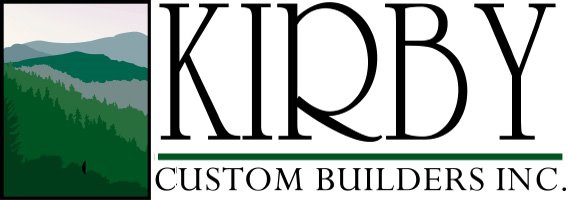Recently I put a room addition on my own house and I had to insulate the new ceiling. I also needed to add more insulation to the existing roof. Our home was built in 1964 and had an R13 throughout. I recommend at least an R 38. I priced out the insulation at my local lumber yard and was surprised at how costly bat insulation was, even with my builders list pricing. So I went to my local Lowe's to price out the insulation there. To my delight I found a blown in fiber glass system that gave you free use of the blower for a minimum purchase of $200 worth of insulation. The price for me to blow in my room addition and add to my existing insulation was the same price as getting just the insulation for my addition at the lumber yard. What a deal! This system is easy to use for those who want to save a little money and do it themselves. The blower takes two people to run, one to load the machine and one to blow the insulation in the attic. Figuring out how much you need is easy. You measure the length off space times the width of space to get the number of square feet you need to cover. On the bag of insulation is a chart that will tell you how many bags it will take to fill that square footage. It only took me a couple of hours to do slightly less than 1000 sq. feet.
There are some things you must do to prepare your attic space before you add insulation. First you must make sure the framing for your attic access is as high as the new insulation height so that the surrounding insulation does not fall out. Next you must caulk all ceiling penetrations such as fan boxes, recessed can lights and bathroom fans. This will better seal up your homes envelope and lower your energy cost. Now you are ready to insulate. As you are spraying, be sure to spread the insulation evenly. You might want to bring a tape measure to periodically check the thickness for your needed R value. This thickness will also be listed on the insulation bag. The most important thing to know when blowing your insulation is to leave a 1" space between your insulation and roof sheathing. So you might want to blow it a little thinner around your eaves. It is important that the ventilation in your eaves remain unobstructed. If this ventilation is blocked it will cause your attic to get too hot and shorten the life of your roof causing your shingles to become dry and brittle. This could end up being a costly mistake. Oh, and don't forget, there is currently a tax deduction for improving the insulation in your home!
Thursday, July 23, 2009
Subscribe to:
Posts (Atom)
